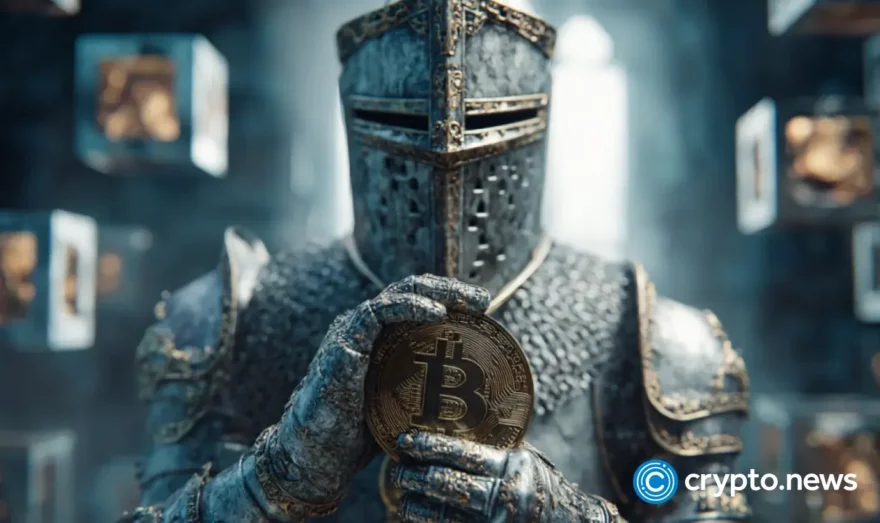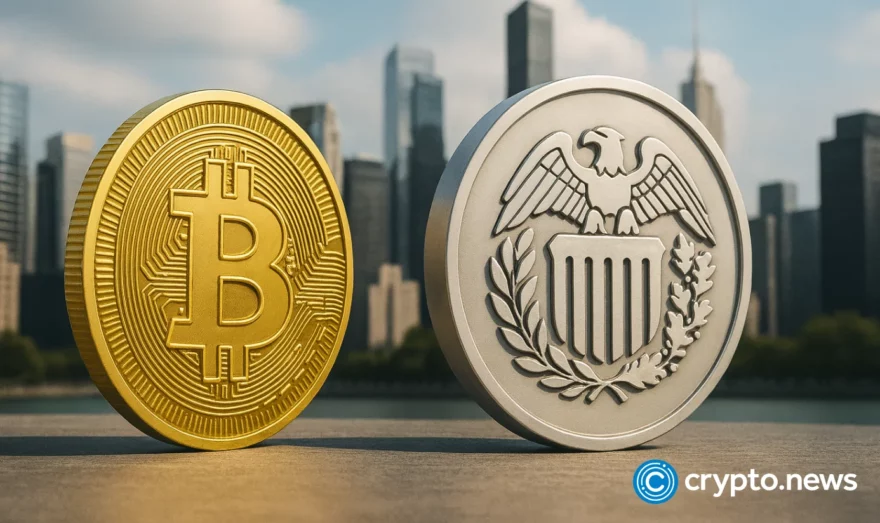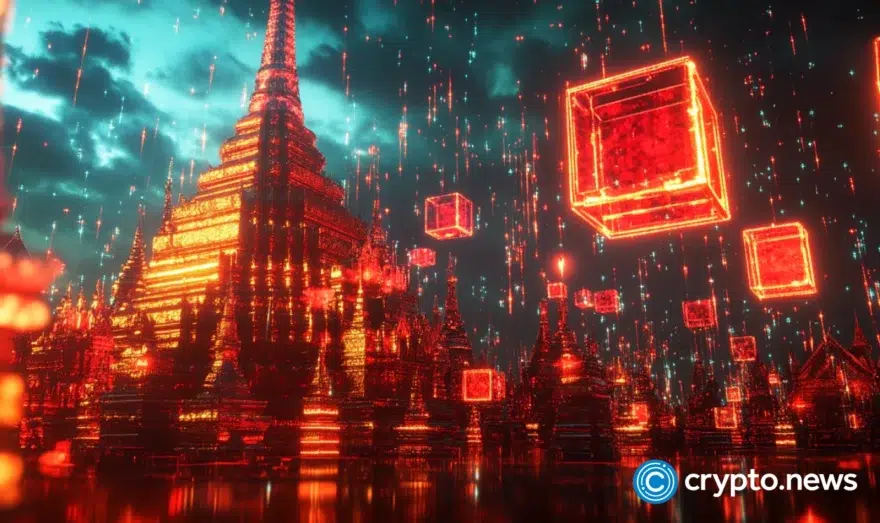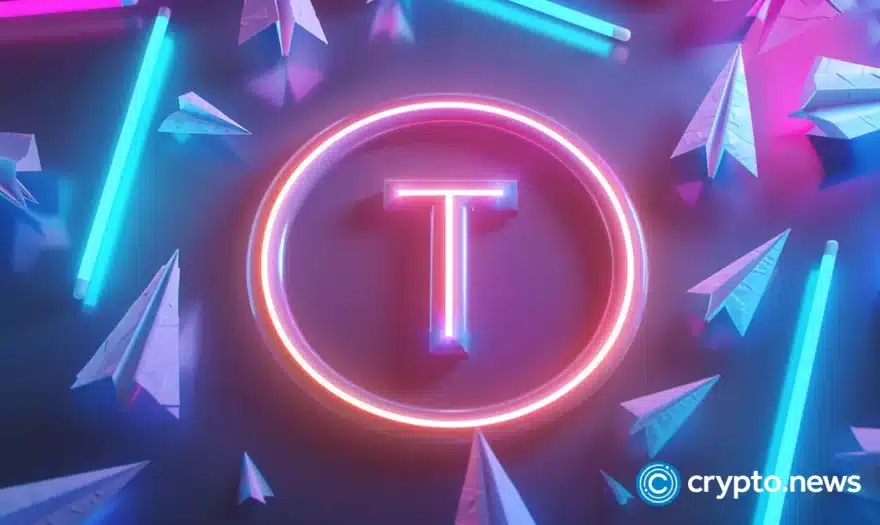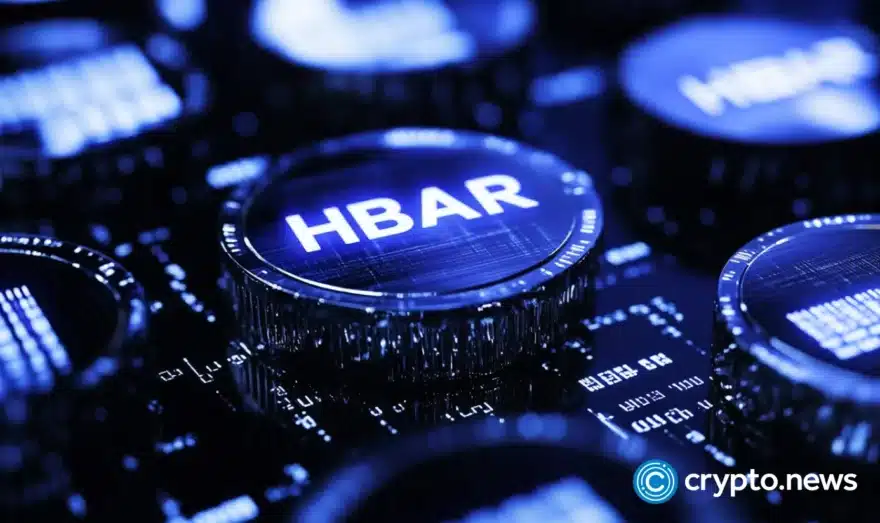Bitgert’s burn mechanism update may trigger potential growth
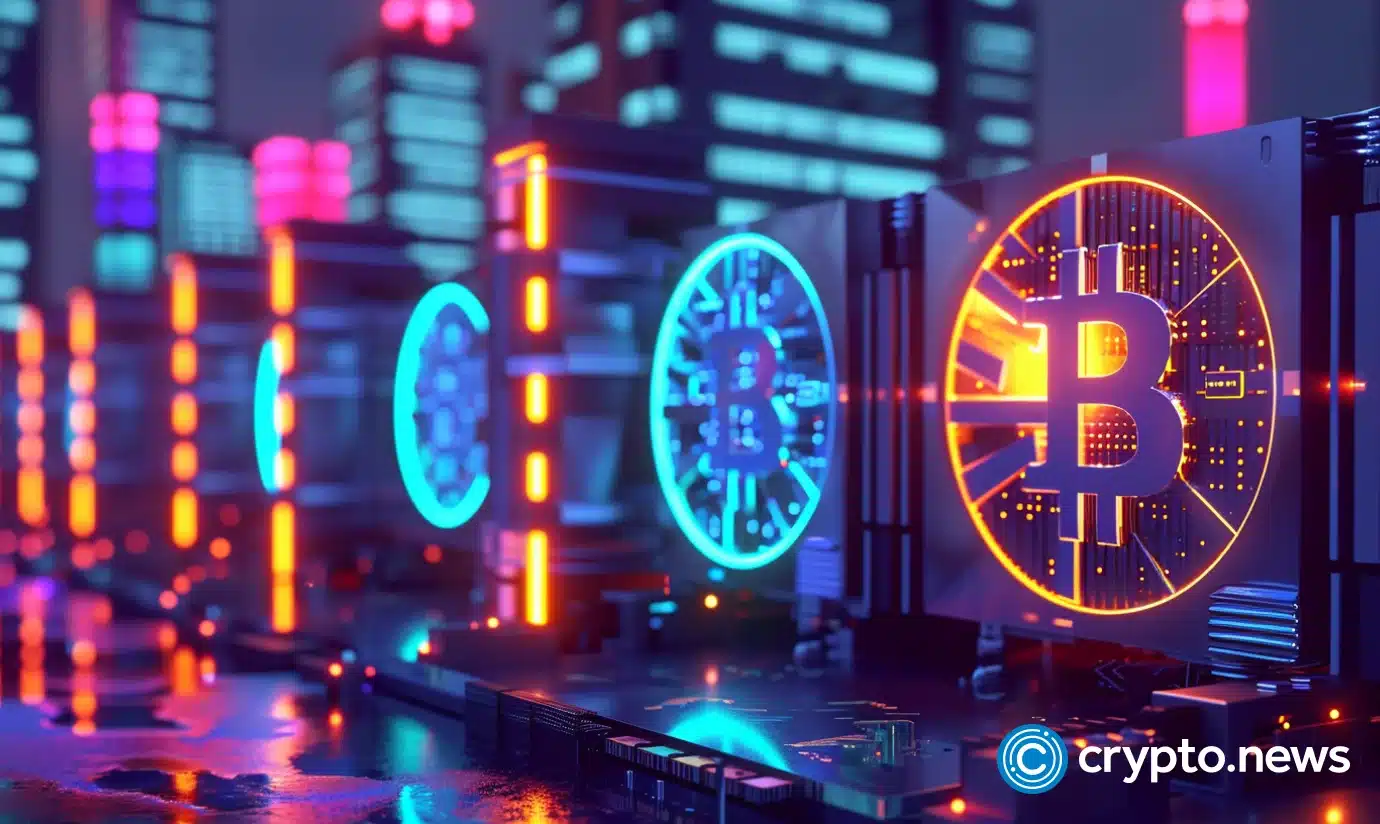
Disclosure: This article does not represent investment advice. The content and materials featured on this page are for educational purposes only.
Bitgert’s recent token burn upgrade aims to significantly reduce its circulating supply, following the principle of decreasing supply against rising demand, mirroring Ethereum’s deflationary strategy.
Robust tokenomics is one of the foundations of a successful crypto project or blockchain. Any token with an unlimited supply will ultimately suffer from inflation, and prices will decline as supply overpowers demand. The simple rule of supply and demand applies here, too.
Ethereum has a deflationary model for its token, Ether. All the gas fees get burned over time. As supply decreases against increasing demand, it leads to a jump in prices. This simple deflationary mechanism in any tokenomics can help a token attain formidable prices in the future.
Bitgert is one of the fastest-growing ecosystems in the layer-1 space. It offers up to 100,000 TPS at a negligible fee. The blockchain is highly scalable, secure, and reliant. It is home to some great DeFi and NFT projects on the Layer-1 scene.
Permanent lock token burn mechanism
The project underwent an update on January 4, 2024—the permanent lock token burn mechanism upgrade. The new update involves burning tokens via a special arrangement.
Every time a transaction is made, 12% of the tokens get locked in a smart contract forever. These tokens get permanently removed from Bitgert’s circulating supply.
The initial months have seen effective implementation, with 134 billion Bitgert tokens burned. This deflationary approach has led to a 12.5% increase in Bitgert prices in the last 24 hours and a 76% rise over the past month.
Moreover, the removal of a tax fee on Bitgert’s Binance Smart Chain (BSC) decentralized exchange (DEX) has made Bitgert highly deflationary.
Bitgert‘s deflationary tactic is expected to reduce the token’s supply further, supporting its price. The project has a a limited supply of one quadrillion tokens and a user base of 600,000.

